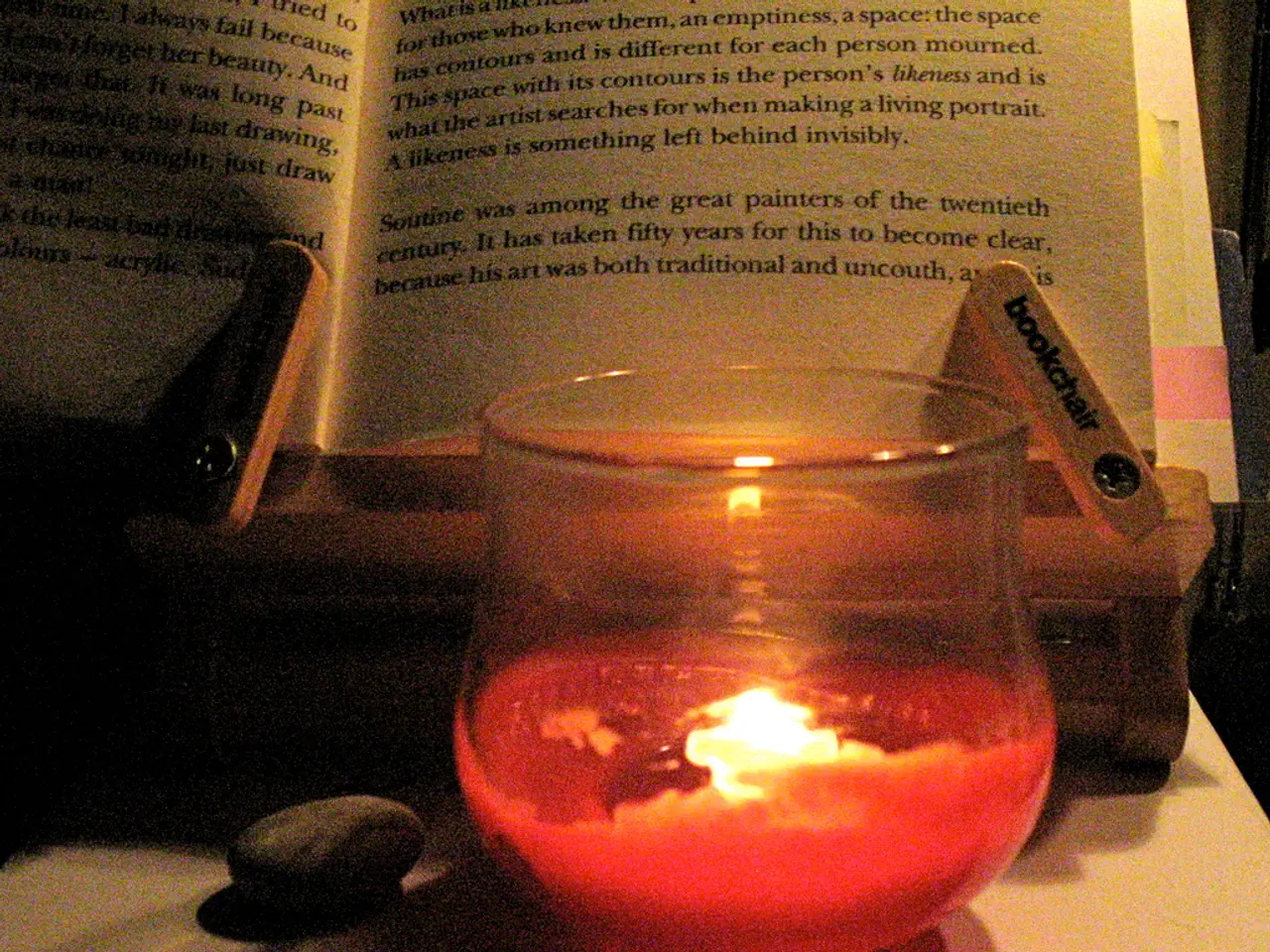Exploration of Poetry and Kabbalistic Mysticism
The mediated word, often referred to as the absolute-concrete, opens the doors of understanding, but it is human language, especially through mysticism and poetry, that truly helps us grasp complex ideas. This connection between language, mysticism, and poetry is particularly evident in the Jewish mystical tradition of Kabbalah.
The common usage of the word 'cabala' in Spanish means to conjecture or suppose, but in the Hebrew world, it has a deeper significance. Kabbalah is closely tied to the Hebrew world's understanding and living of their relationship with God since ancient times. The Hebrew word 'qabblh' means to receive and deliver from generation to generation, referring to the tradition of religious truths.
The Cabala, as practiced by cabalists, involves speculation about the being of God. This speculation led to the creation of the 'Book of Clarity' or 'Bahir', composed in the Jewish communities of Languedoc around 1185, which is considered the first cabalistic work. The 'Zohar' or 'Book of Splendor', attributed to Moses de León, is considered the magnum opus of the Kabbalah.
The Kabbalistic theory of the name parallels the intuitions of poetry as the house of Being and of poets as guardians of Being (Heidegger). This connection between Kabbalah and poetry is evident in the rich symbolic language of Kabbalah, centred around concepts like the ten sefirot (divine emanations) and the dynamic interplay of divine attributes.
This symbolic language has influenced Jewish poets such as Hayim Nahman Bialik, who wove mystical themes and spiritual longing into his Hebrew poetry, reflecting the spiritual depths and esoteric meanings found in Kabbalist thought. Beyond Jewish poets, Kabbalah's influence extends to modern literary figures such as Franz Kafka and Jorge Luis Borges.
Kafka’s work often incorporates themes of hidden meanings, metaphysical complexity, and spiritual anguish, which resonate with the mystical and cryptic qualities of Kabbalistic texts. Borges explicitly engaged with mystical ideas, including Kabbalah, in his fiction and essays—his fascination with infinite texts, labyrinths, and the complexity of reality parallels Kabbalistic notions of multiple levels of divine and earthly worlds.
Historically, Kabbalah originated in medieval Spain and Provence but gained broader scholarly dissemination with the compilation of the Zohar in the 13th century and the prolific mystical works of the 16th-century Kabbalist Isaac Luria (the Arizal) in Safed, which deepened its symbolic system. This mystical tradition integrates poetry, allegory, and narrative symbolism as vehicles to convey spiritual truths inaccessible by literal or rational means alone.
Theologically, Kabbalah sees the Jewish people, the Land of Israel, the Torah, and the Shekhinah (Divine Presence) as interconnected existential realities, themes that often surface poetically in Jewish mystical literature and modern spiritual Zionist thought.
In sum, Kabbalah’s symbolic language and mystical worldview provide profound material that Jewish poets like Bialik drew on to express spiritual yearning and identity, while writers like Kafka and Borges found in Kabbalah a metaphysical framework and symbolic richness that inspired their explorations of reality, fate, and the divine mystery in literature.
References: - Chabad.org’s explanation of Kabbalah’s spiritual teachings and symbolism - The historical overview of Jewish mysticism and its broader cultural influence from Britannica - Yehudah Mirsky’s insight on mystical-national themes in Jewish thought - The first fruits of Jewish mysticism emerged from sources such as the Talmud and other texts in the Hebrew Bible. - Ibn Gabirol and Yehuda Halevy led the Andalusian Kabbalah. - The Talmud, a collective work that collects rabbinic teaching, crystallized textual authority. - Álvaro de la Rica is a professor of Humanities at CUNEF. - There was an explosion of Kabbalah in the 12th century in Eckhardt's Rhineland, the land of the Cathars and troubadours, Gerona, Andalusia, and Spanish lands. - In Kabbalah, mysticism and poetry are united because they are born from the same light. - Hebrew tradition has a written nature and Jewish monotheism is a religion of textual coherence.
- The rich symbolic language of Kabbalah, centered around concepts like the ten sefirot, has been a source of inspiration for poets, such as Hayim Nahman Bialik, who wove mystical themes into their Hebrew poetry.
- Beyond Jewish poets, the influence of Kabbalah extends to modern literary figures like Franz Kafka and Jorge Luis Borges, whose works often resonate with the mystical and cryptic qualities of Kabbalistic texts.
- Kabbalah's mystical tradition integrates poetry, allegory, and narrative symbolism as vehicles to convey spiritual truths inaccessible by literal or rational means alone.
- In the Jewish mystical tradition of Kabbalah, the Jewish people, the Land of Israel, the Torah, and the Shekhinah (Divine Presence) are interconnected existential realities, themes that often surface poetically in Jewish mystical literature and modern spiritual Zionist thought.




